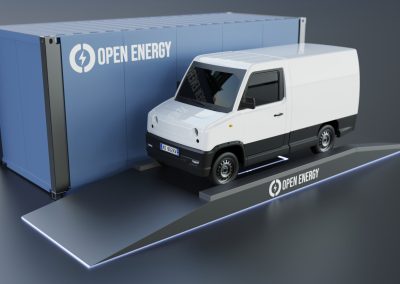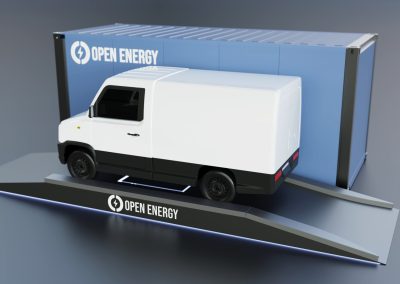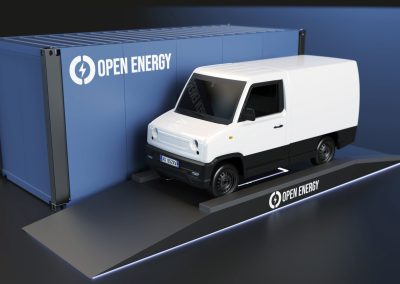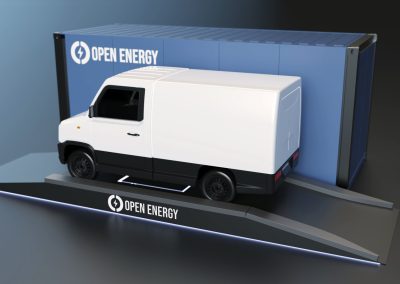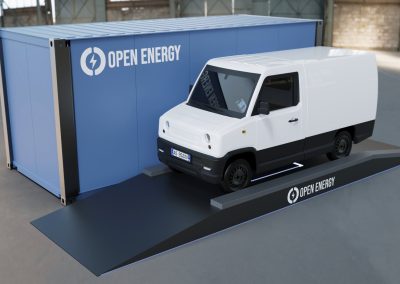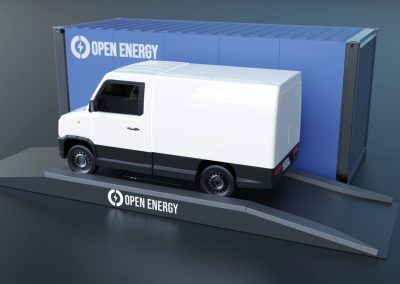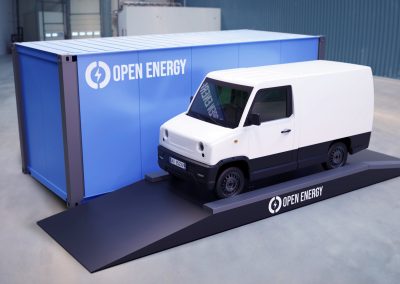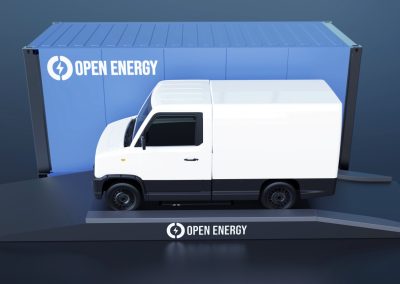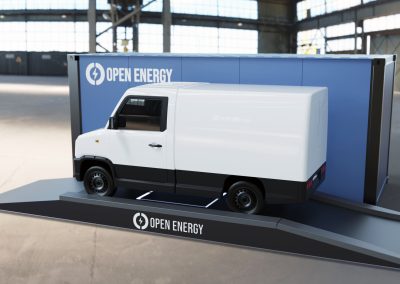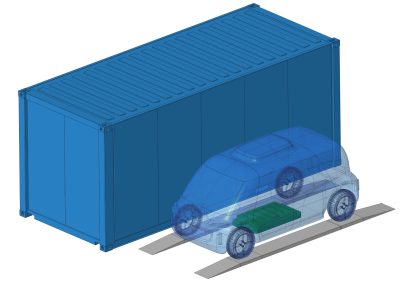Media & Events
Keynote speeches, Photos, Vector logo, fonts, etc…
Events
Keynote speech at HPAIR | The Harvard Project for Asian and International Relations Conference 2022
Speech transcript
- Hello everyone, I’m Tin, and it’s an honor to be here with you today at this conference organized by Harvard College Project for Asian and International Relations (also known as HPAIR)
- Unfortunately, due to travel restrictions, I can’t be in person here, but I hope to be with you next time.
- Quickly about me:
- even if I don’t look like it, I’m Italian, born and raised in Turin, the motor city of Italy.
- Our founding team of my company has decades of experience working in the Automotive industry for remarkable brands
- we engineered and put in production several vehicles,
- I’m a YC alumni and I have also experience in IT
- both industries are merging together pretty fast: now we have EV, Autonomous Driving, Connected Cars, Software Defined Vehicles, Mobility as a Service, and more
- Today I’m gonna talk about “The future of Mobility and Energy: the way forward”
- and I’m going to divide it in 3 parts, while addressing a few questions from the organizers:
- The present
- The future
- How we can get there?
- So, what’s happening right now
- EV is becoming more relevant and will clearly take over ICE sales according to the major stats
- Tesla is showing how EVs and Energy can be nicely integrated
- Q1) What are some of the major challenges faced by companies while transitioning to clean energy?
- The 1st problem is energy density:
- as you can see here the ratio between weight, energy density, and efficiency are very different
- basically we have an increase of almost 7X of the weight, while maintaining a similar range
- Charging infrastructure, especially the Fast Charging Station is not
- very fast in terms of user experience and has a very high degradation
- usually when we need the fast charging urgently, that’s the worst moment, because
- the battery capacity is very low, less say below 30%
- we are in a hurry (we need as a lot energy as fast as possible)
- so the battery is very stressed (temperature, and fast speed)
- that’s when fast charging is literally is literally killing the chemistry inside the battery cells
- usually when we need the fast charging urgently, that’s the worst moment, because
- affordable
- if you can see from this table the equipment and installation cost of a fast charging station can reach go way beyond half-million USD
- not very convenient (video Tesla 1 min)
- very long queues
- probably it’s gonna take a few hours before you can get a few minutes of fast charging
- so we need to expand dramatically the energy infrastructure, and probably find better solutions than fast charging
- very fast in terms of user experience and has a very high degradation
- Another big trend is the Software Defined Vehicles:
- IT is merging with the Automotive
- which means that the famous quote of Marc Andressen “software is eating the World”, is pretty true, in fact we even have Smart Refrigerator now
- Tesla-like EVs are already Software Defined, even Apple is pushing this
- Tesla is more like an IT company
- market cap comparison, there’s a huge difference, several folds
- apparently, even the former CEO of VW stepped down due to major challenges related to software
- The 1st problem is energy density:
- (Q2) What are your views on Asia’s current energy and mobility market and what are some fundamental shifts that are required in this industry?)
- Fleets like MaaS & Logistics are booming while car ownership is declining
- According to Strategy Analytics and Intel, the Fleet market is going to be huge
- Stats: Mobility in 🇨🇳 China
- according to Beijing Automotive and Nielsen this is the current scenario
- but in the next future Personal mobility will drop dramatically to a single digit number
- and Fleets such as Ride Hailing, Logistics, will become dominant, bigger than personal mobility and public transportation combined
- even Tesla is trying to get a piece of this business opportunity
- Daily usage SO different, according to Global Stats, as you can see here
- and we have a problem even with the warranty, especially the battery warranty
- Stats: Mobility in 🇨🇳 China
- Now more than ever we need to rethink how we produce cars
- 1.4B cars
- yearly: approximately 100M produced, 27M scrapped
- and we have a huge problem called car graveyards, we definitely can do better in the first place
- So, we should think better about 2. The Future of Mobility & Energy / car of the future, Q3) What according to you are some of the major trends that are expected in the mobility sector in the next 10 years Q4) What do you envision for the future of mobility and energy? Q5) What’s the roadmap going to be like for countries to switch to alternative clean energy and mobility? (VERY HARD TO PLACE)
- definitely we the trend of renewable sources, such as solar and wind farms. We are happy to see that several countries around the globe are pushing this hard
- another trend is even more adoption of shared mobility
- so, due to the daily usage that we’ve seen before, new EVs should be engineered for fleets such as Mobility as a Service and Logistics
- Tesla strategy is like the iPhone, hyper vertical, in a way that the software and the hardware are totally controlled by the manufacturer, just like Apple
- which honestly can be good in the B2C space (specifically final consumers with low daily usage), in fact our cars are usually parked more than 90% of entire lifespan. We usually and hopefully are not driving while we are sleeping, working, eating
- this is not definitely not suitable for fleets in the B2B space that are potentially running 24/7
- if we keep this analogy the EV for fleets should be more like a server, which is modular, ideally using open source software and even hardware, similar to what we are seeing with OCP, Open Compute Project. Which is gaining more and more market shares every year. Facebook, major banks, and other industries are adopting OCP and their open approach. We strongly believe this should be similar in the EV fleets
- TCO: since Fleets for EV services are raising, the EV of the future should be optimized for the TCO = Total Cost of Ownership
- Economically, it makes sense to target fleet customers with EV models, given that these fleets typically fall into a high-mileage category in which the total cost of ownership (TCO) of EVs is beneficial—and they prioritize TCO higher than other buying factors”
- EV fleet problems (fixed battery)
- Total Cost of Ownership (TCO)
- ❌ Battery cost, life, warranty
- → low adoption of EV
- ❌ Battery weight → bad performance consumption
- Charging & operational time
- ❌ Level 1 – 2 slow charging
- → long time car inactivity
- ❌ Level 3 Fast charging
- → battery life cycle reduction
- Energy Infrastructure
- ❌ High costs: Stations, Infrastructure and Real Estate
- ❌ Limited availability
- → Range anxiety
- ❌ Simultaneous charging
- → Potential GRID overload
- Total Cost of Ownership (TCO)
- Probably we should adopt better and more efficient ways than Fast Charging, it seems that EV Battery Swap approach is getting a lot of traction lately
- What are the advantages?
- we can use this simple business 101 chart to explain it
- Level 1 charging is very slow, 20-40 hours with a great battery longevity
- Level 2 charging, 5-19 hours, with a normal battery longevity
- Level 3 charging, 80% in 30 to 60 minutes, with a high degradation of the battery pack
- EV Battery Swap is here: ultra low degradation and ultra fast
- Why is this hot?
- Considering that governments, EV makers, and other stake-holders are aiming to introduce millions of EV in the market, ? is normal or fast charging infrastructure still a viable option? (Tesla queue for charging in the background https://www.youtube.com/shorts/UqEwLle8xKU) not really unfortunately as you can see in this video. It’s gonna a very long queue of several hours
- Governments are already pushing the EV battery swap technology:
- China which has by far the biggest market for EVs, obviously has also the biggest charging network, slow and fast, but it’s not efficient. Battery Swap is the key, and we need standards, ideally OPEN standards
- India is following, the ministry of finance in Feb this year also announced that Battery Swap is the key for mobility & energy infrastructure
- This technology is already available from other companies but, Is it too good to be true? Partially yes
- in the past there were several attempts, companies tried and failed to deploy it, including Tesla
- at that time mainly because of the low adoption of EVs, poor capacity of previous generation of the battery, and high costs of the battery cells,
- now it’s the right time but unfortunately, these 3 recent solutions come with a big price tag, all are VERY expensive (from $300K to over $1M), only 1 standard supported
- definitely, we should find a way to make EV battery swap affordable, and ideally supporting multiple standards
- Multiple AI applications: different hw/sw stacks, which means that it’s better to have a modular and open approach, upgradeable vehicles, not only software via OTA (Over the Air), but also at the hardware level, otherwise we will create a negative impact on the planet because vehicles will become obsolete very fast, just like our electronic devices
- In fact, IMPACT is the probably the most important trend, we should find multiple ways to have a positive impact to save the planet
- as a YC alumni, I’m happy to see the Y Combinator pushing founders to have a positive impact
- we need to find the most efficient and affordable way to move billions of people and goods
- we need to support movements like the right to repair: open source and modularity are the keys in here, in order to keep those vehicles running several years and keeping them updated at the software and hardware level, like LTS long term support
- we can fight the planned and perceived obsolescence without sacrificing the innovation, I always recommend “the old but gold” short documentary called The Story of Stuff to understand the big picture, and fight together the planned and perceived obsolescence
- 3. How we can get there?
- instead of the unibody approach that potentially has less positive impact in the mid-long term we should have, again, a more modular approach which is one of the key for the repairability and the durability of the vehicle
- the EV platform should be modular with
- upgradeable parts, especially electronic components which are always evolving
- even the battery pack should be easily replaced & swapped for instant energy and because cells are easily degrade-able
- obviously without sacrificing the safety of the passengers and drivers, so easily achieving a 5 stars rating while keeping the costs down
- as well as the body so we can have multiple configurations to host different HW and SW stacks, which can be upgraded through the years
- even flexible interiors for different layout for allow more passengers and cargo capacity
- The BAD news is that all major EV manufacturers are not very going in this direction, most of them are following the Tesla is good for B2C final consumers but not for B2B fleets which are raising dramatically
- Q6) What are some of the specific projects undertaken by you to promote clean energy and mobility?
- The GOOD news: we are doing this
- we are making EV platforms, that are automotive grade, modular, with the highest safety standards, optimized for AD & SDV, open to anyone who wants to develop a new electric vehicle
- On top of the EV platforms we are introducing 3 more things:
- The first one, an advanced system to extend the longevity of the battery up to 3 times longer, compared to fast-charging
- The second one, is a revolutionary robot that can give a full charge of an EV faster than a gas station
- and the third, is a breakthrough energy storage station for the grid
- These are not 3 separated products: this is one product, and we are calling it HyperSwap
- a new EV Battery Swap solution that is:
- the most affordable & durable by far: We made a miracle here. We made this technology several times more affordable, how? Basically we needed crack 2 fundamental technologies of the Battery Swap:
- Lock & Unlock system
- Alignment system
What we achieved is a result of years of research and development, leveraging also our experience in 2 very stressed environment: Aerospace and Formula 1. We got positive feedback from EV manufacturers that saw our working demo unit
- and the 2nd miracle here is that it can support multiple battery packs, so you don’t need to double or triple the cost of infrastructure based on different type of batteries
- So 1) How can we extend the longevity of the battery up to 3 times longer? (battery 3X) By detaching the battery from the EV, we can smartly charge it at the right temperature and speed extending the life of the battery cells up to 3 times longer than using a level 3 fast-charger (ICON only)
- How can we give a full charge of an EV faster than a gas station? HyperSwap can replace the empty battery with a fully charged one in just 3 minutes
- How can store energy for the grid: all the battery packs stored inside the HyperSwap stations can be act as a big energy storage cluster to stabilize the grid which is a huge problem in many countries, and it’s a perfect match with renewable energy sources such as wind and solar
- the most affordable & durable by far: We made a miracle here. We made this technology several times more affordable, how? Basically we needed crack 2 fundamental technologies of the Battery Swap:
- As you can see here, our competitors are several time more expensive, can support basically just one battery pack standard, so the cost of the infrastructure multiply, we solved all the major problems in EV battery swap
- Here’s the video of HyperSwap
- HyperSwap can act as an Energy Storage to stabilize and optimize the grid infrastructure:
- the energy from the grid (on the right) connected to renewable sources such as wind and solar can be stored in the batteries inside HyperSwap stations
- HyperSwap can provide:
- energy to fleets (on the left)
- and also back to the grid when it’s needed, it’s bi-directional, so it can power buildings (in the bottom)
- we can choose when it’s more convenient to charge the batteries, or give the energy back to the grid when it’s needed
- To recap these are the technologies related to HyperSwap
- We hope more EV manufacturers and Energy Companies will adopt HyperSwap as soon as possible
- the EV platform should be modular with
- instead of the unibody approach that potentially has less positive impact in the mid-long term we should have, again, a more modular approach which is one of the key for the repairability and the durability of the vehicle
- Our mission is to move billions of people & goods in the most affordable & sustainable way
- I hope you learned something new and enjoyed my speech. We are looking for new business opportunities and investors. If you’re interested feel free to add me on Linkedin, or contact us via email. Thank you.
Keynote speech at MOVE ASIA 2021
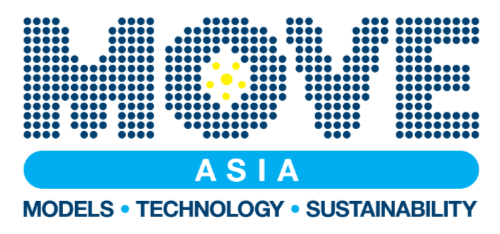
Speaker
23 years in automotive & electric vehicles, innovation, software, startups. He’s a YC alumni, an entrepreneur, and a keynote speaker focused on: Innovation, New Mobility & Energy, and Climate Change. He worked for Italdesign Giugiaro (among the top Engineering & Design companies Worldwide, now owned by Volkswagen, famous for engineering, and designing vehicles such as Lamborghini, Maserati, Lotus, Volkswagen, FCA). He and his father developed a complete Electric Vehicle called MyCar back in 2003, as an internal project in Giugiaro, the entire project was sold to an Asian group called Innovech.

